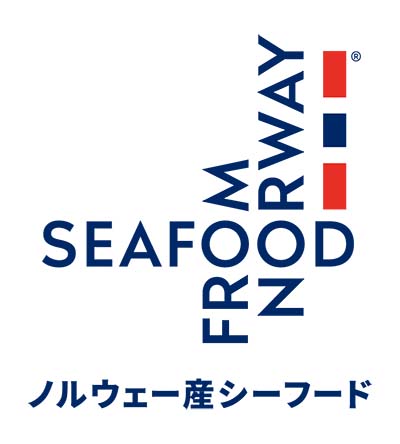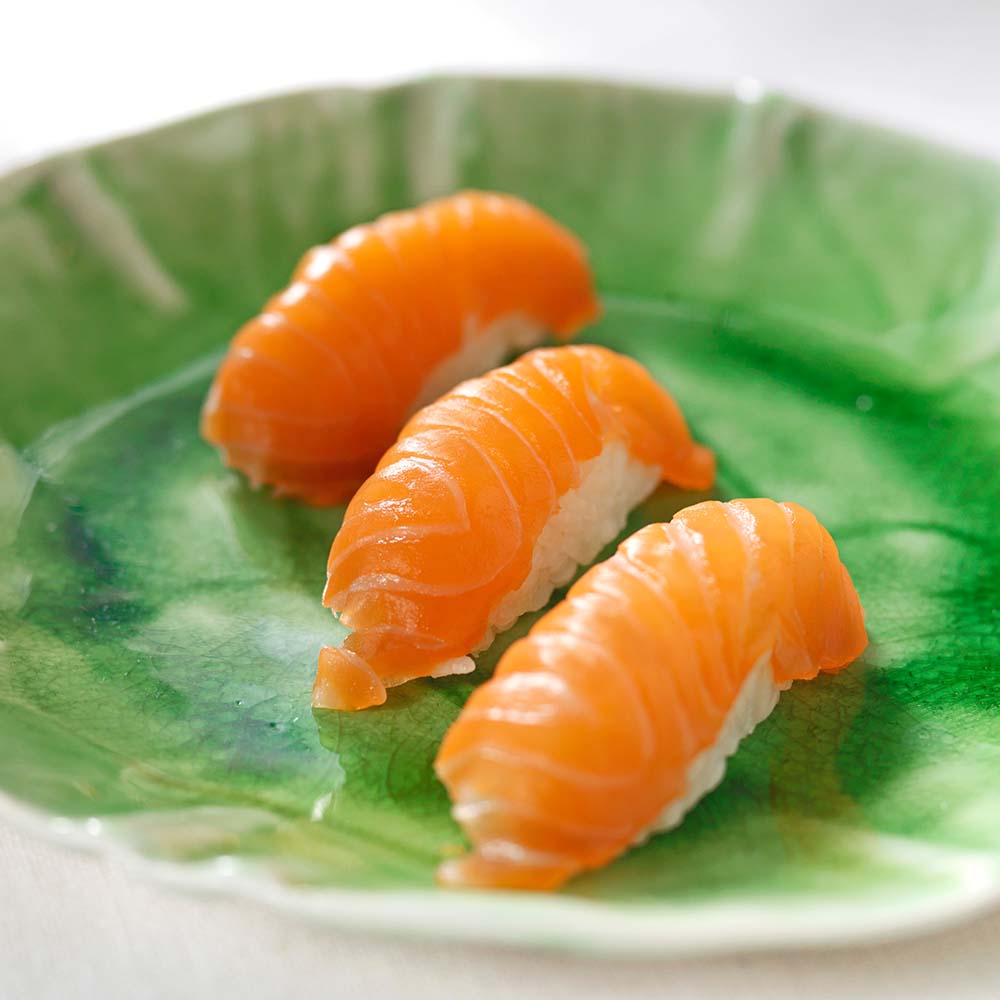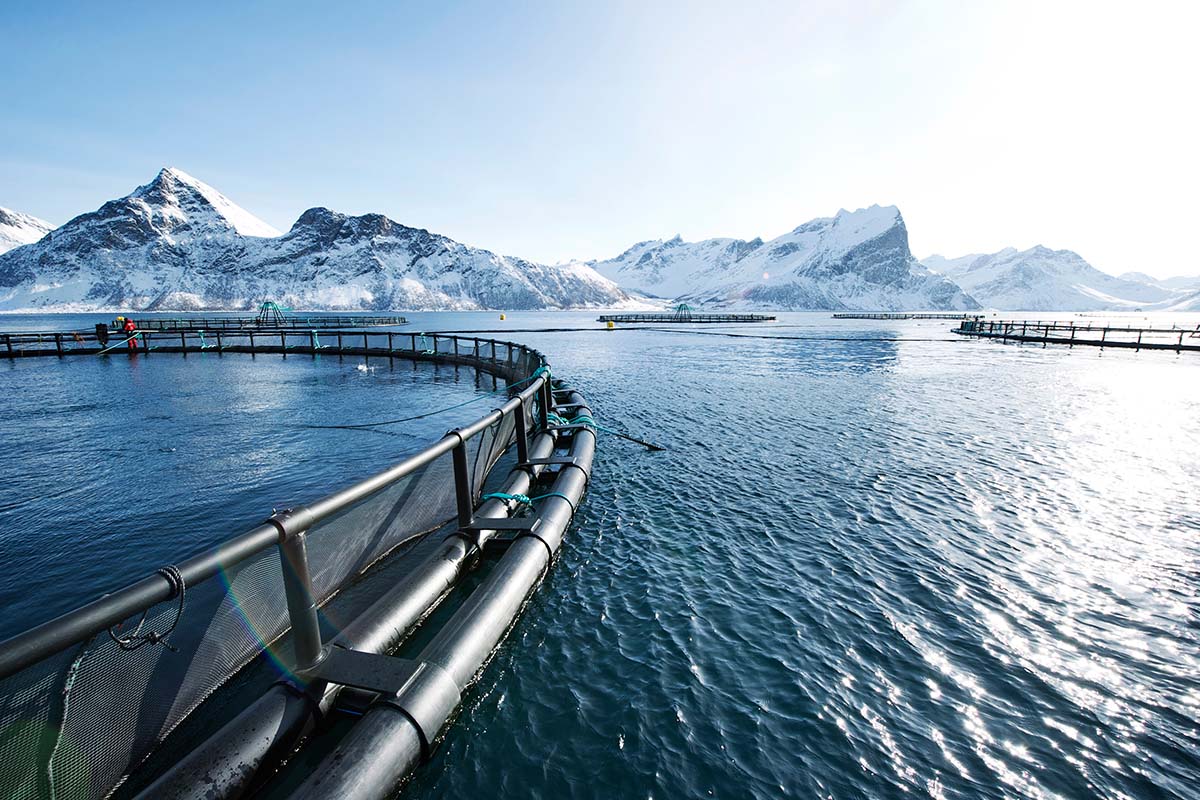This year marks four decades since Norwegian salmon made its debut in Japan, a significant milestone that has transformed its culinary landscape. At the forefront of this journey is the Norwegian Seafood Council, a government-backed organization that promotes Norway’s seafood globally. While backed by the Norway Ministry of Trade, Industry and Fisheries, the NSC is fully financed by the seafood industry through an export levy.
Before 1985, fresh Norwegian salmon was not part of Japan’s nigiri (hand-pressed) sushi tradition. That changed when Norwegian producers, supported by the NSC, introduced sushi chefs to a novel idea: farmed Atlantic salmon, never frozen, raised in the cold, clear waters of Norway, and safe for raw consumption.
The result, according to Johan Kvalheim, counselor of fisheries at the Royal Norwegian Embassy in Tokyo, was “the best, perfect, happiest marriage between Japan and Norway ever, especially when it comes to food culture.”
Since then, Norway’s fresh, high-quality salmon has become a staple in Japan and followed its sushi culture throughout the world, reaching over 100 markets.
The change didn’t come overnight. “The Japanese, of course, didn’t accept it immediately,” Kvalheim noted. “We were very careful not to compete with Japanese salmon. We introduced it gradually, and only for a small part of the sushi category.” Today, that once-novel product is a national favorite.
As fresh Norwegian salmon celebrates 40 years in Japan, the NSC continues to promote not just premium seafood, but a relationship built on trust, quality and shared appreciation for craftsmanship — mirroring the 120-year diplomatic bond between Norway and Japan.
Johan Kvalheim, Director of Norwegian Seafood Council for Japan and South Korea
Norwegian salmon is now the leading imported fresh fish product in Japan. In 2024, Norway exported over 24,000 metric tons of fresh Atlantic salmon to Japan — more than any other country.
“We’re competing against defrosted trout from across the world, but our product is flown in fresh in just three days. It’s never frozen. That’s a completely different standard,” Kvalheim proudly explained.
Over 95% of Norwegian salmon in Japan is consumed raw, a testament to its trusted safety and pristine quality. Producers uphold worldclass standards across the value chain, from sustainable farming to government inspections. “They haven’t found any illegal products in the meat at all” in over two decades, he said.
Norway’s fisheries operate under strict quotas, traceability and a ban on discarding fish. “You need to wait until the fish reaches the right quality and size before even going out to harvest. That’s the difference,” Kvalheim said.
Norwegian mackerel has also become a staple in Japanese households, with total annual consumption reaching around 130,000 tons, meaning each person eats more than a kilogram of Norwegian mackerel per year. Japan is the largest overseas market for Norwegian mackerel, accounting for 55% of all mackerel consumed there. In the retail sector, Norway holds a market share of around 70%, making it the dominant origin of mackerel found in Japanese supermarkets.
As fresh Norwegian salmon celebrates 40 years in Japan, the NSC continues to promote not just premium seafood, but a relationship built on trust, quality and shared appreciation for craftsmanship — mirroring the 120-year diplomatic bond between Norway and Japan.







